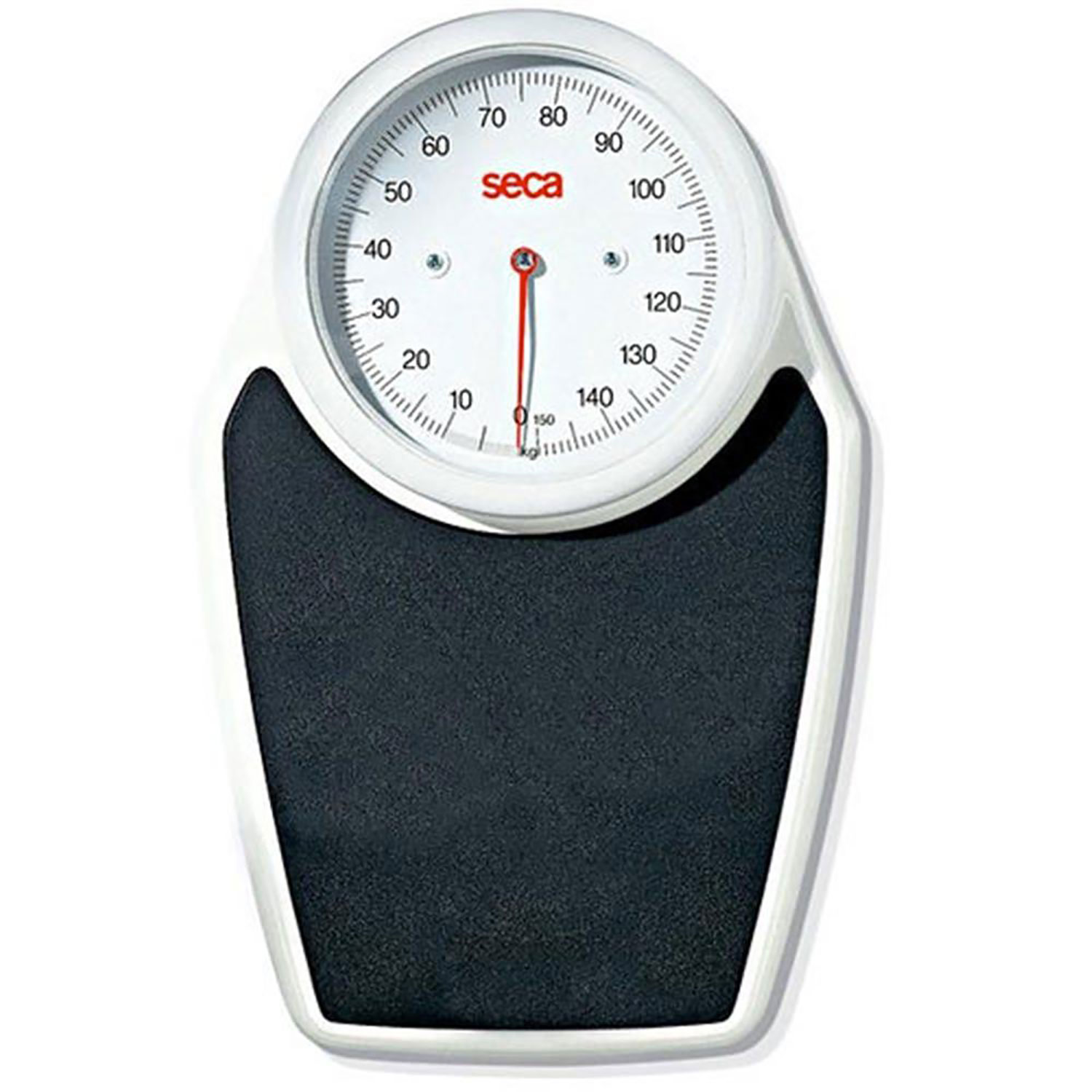PDF] From Morisky to Hill-bone; self-reports scales for measuring adherence to medication.
![PDF] From Morisky to Hill-bone; self-reports scales for measuring adherence to medication.](https://d3i71xaburhd42.cloudfront.net/65e0d0283c0e7810e2c11c85f5fd2a98f686e945/2-Figure1-1.png)
PDF] From Morisky to Hill-bone; self-reports scales for measuring adherence to medication.
Various self-report scales by which to monitor medication adherence are described, their advantages and disadvantages, and the effectiveness of their application at different chronic diseases are discussed. There are a number of approaches to studying medication-taking behavior. Self-report measures have the benefits of being cheap, easy to administer, non-intrusive, and able to provide information on attitudes and beliefs about medication. Potential limitations to self-report are that the ability to understand the items, and willingness to disclose information, can affect response accuracy and, thus, questionnaire validity. A computerized systematic search of the PubMed databases identified articles on scales for medication adherence measuring using the MeSH terms medication adherence, compliance, and persistence combined with the terms questionnaire self-report. Adherence scales have identified mostly in the last few years (2005-2012). One of the main sources has been article (Lavsa et. al) which evaluated literature describing medication adherence surveys/scales to gauge patient behaviors at the point of care. Articles were included if they evaluated or reviewed self-reported adherence medication scale applicable to chronic diseases and with a good coefficient of internal consistency reliability (Cronbach's alpha (alpha)). Articles that contained data about self-report medication adherence scales use were included. A total of about one hundred articles were identified. Of those articles, 20% (20 of 100) were included in the review because of their relevance to the article topic. This article describes various self-report scales by which to monitor medication adherence, their advantages and disadvantages, and discusses the effectiveness of their application at different chronic diseases. There are many self-report scales for measuring medication adherence and their derivatives (or subscales). Due to the different nature of the diseases, there is no gold-standard scale for measuring medication adherence. It can be nevertheless concluded that the nearest to gold-standard is the Medication Adherence Questionnaire (MAQ) scale by Morisky et.al. but we found better internal consistency reliability in some other scales.
![PDF] From Morisky to Hill-bone; self-reports scales for measuring adherence to medication.](https://ars.els-cdn.com/content/image/1-s2.0-S0870255116000081-gr2.jpg)
Translation and cultural adaptation of the Hill-Bone Compliance to
![PDF] From Morisky to Hill-bone; self-reports scales for measuring adherence to medication.](https://0.academia-photos.com/attachment_thumbnails/62025382/mini_magick20200207-9596-hy1io4.png?1581080371)
PDF) Validation of the 8-Item Morisky Medication Adherence Scale
![PDF] From Morisky to Hill-bone; self-reports scales for measuring adherence to medication.](https://pilloxa.com/wp-content/uploads/Quote5-1024x538.png)
Medication Adherence and the Consequences of Poor Adherence – Pilloxa
![PDF] From Morisky to Hill-bone; self-reports scales for measuring adherence to medication.](https://europepmc.org/articles/PMC3952718/bin/bcp0077-0427-f3.jpg)
What are validated self-report adherence scales really measuring
![PDF] From Morisky to Hill-bone; self-reports scales for measuring adherence to medication.](https://d3i71xaburhd42.cloudfront.net/6ea5ebcf970ea4a84676053a840d58e500f75829/4-Table1-1.png)
PDF] The Brief Medication Questionnaire and Morisky-Green test to
![PDF] From Morisky to Hill-bone; self-reports scales for measuring adherence to medication.](https://f.hubspotusercontent10.net/hubfs/5136614/What%20is%20medicaiton%20adherence.png)
Medication Adherence and the Consequences of Poor Adherence – Pilloxa
![PDF] From Morisky to Hill-bone; self-reports scales for measuring adherence to medication.](https://multimedia.elsevier.es/PublicationsMultimediaV1/file//21742049/0000003500000002/v2_201703220311/S217420491600026X/v2_201703220311/en/main.assets/thumbnail/gr2.jpeg?xkr=ue/ImdikoIMrsJoerZ+w9znTMwFdb/TnkS0koegILxs=)
Translation and cultural adaptation of the Hill-Bone Compliance to
![PDF] From Morisky to Hill-bone; self-reports scales for measuring adherence to medication.](https://ars.els-cdn.com/content/image/1-s2.0-S217420491600026X-gr2.jpg)
Translation and cultural adaptation of the Hill-Bone Compliance to
![PDF] From Morisky to Hill-bone; self-reports scales for measuring adherence to medication.](https://pilloxa.com/wp-content/uploads/blog5.png)
Medication Adherence and the Consequences of Poor Adherence – Pilloxa


![PDF] Medication Quantification Scale Version III: update in medication classes and revised detriment weights by survey of American Pain Society Physicians. PDF] Medication Quantification Scale Version III: update in medication classes and revised detriment weights by survey of American Pain Society Physicians.](https://d3i71xaburhd42.cloudfront.net/1ef96e591b6e92dfa03fc04f38680b2c4b2c2d97/6-Figure2-1.png)